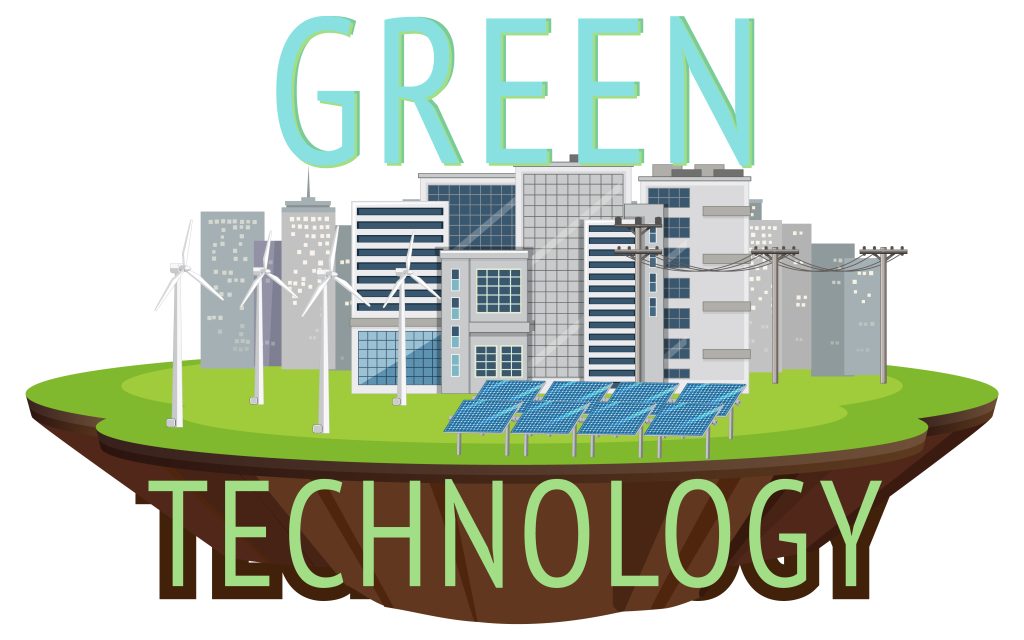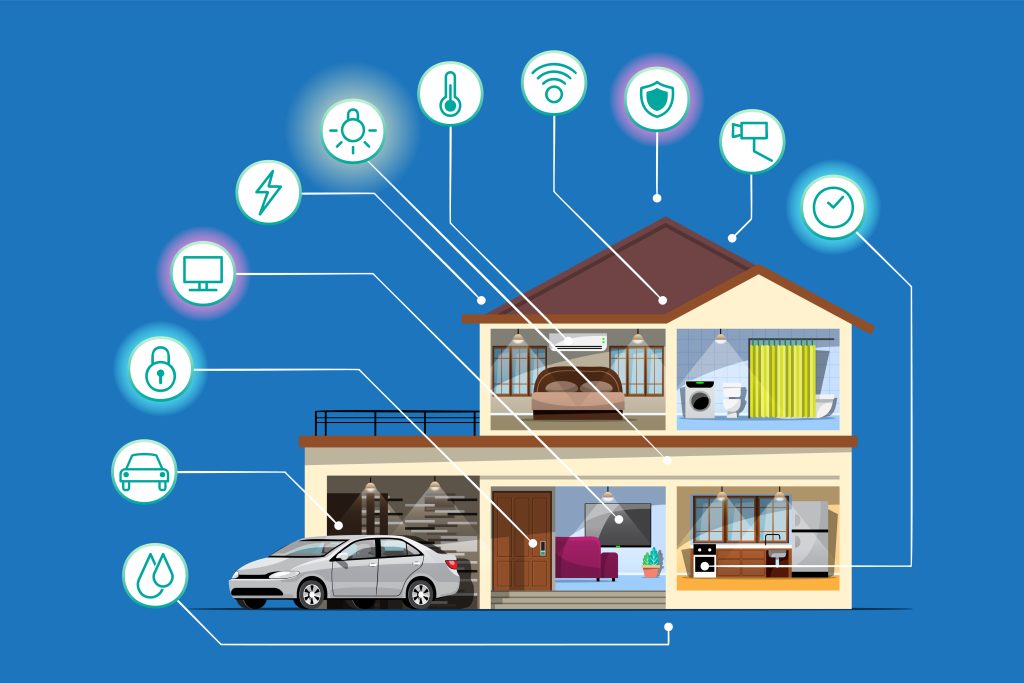In today’s world, the symbiotic relationship between technology and sustainability has become increasingly evident. As we strive to minimize our ecological footprint, innovations in smart home technology offer a promising avenue for achieving greater energy efficiency and environmental responsibility. At Litedares, we understand the pivotal role of technology in shaping the future of sustainable living. In this article, we will explore the profound impacts of integrating smart home technology into green buildings.

What are Green Buildings?
Green buildings are also known as green homes. These are buildings designed and constructed with the use of efficient construction materials and practices to reduce or eliminate negative impacts and create positive impacts on the climate and the natural environment. Green buildings are healthy buildings. The buildings improve the health and well-being of their occupants. Apart from green buildings reducing the cost of living, they also address energy issues and help overcome environmental problems. You can, as well as, read more about green buildings and their benefits in our previous blog.
What are Smart Homes?
Smart homes are buildings equipped with interconnected devices and systems that can be controlled and automated through a central hub or smartphone app. These devices communicate with each other via the Internet of Things (IoT), allowing homeowners to manage various aspects of their homes remotely. Smart homes feature a wide range of technologies, including lighting systems, security systems, smart thermostats, entertainment systems, and more.

What is Smart Home Technology?
Smart home technology is the general term given to basic home amenities that have been fitted with communication technology, enabling some degree of either automation or remote control. It includes things like:
- Appliances, e.g. washing machines, fridges, and garage door openers
- Home security systems
- Also, Environmental controls, like air conditioning, heating, and lighting
Advantages of Integrating Smart Home Technology into Green Buildings
Maximizing Energy Efficiency
One of the foremost benefits of incorporating smart home technology into green buildings is the optimization of energy usage. Through interconnected devices and sensors, homeowners can monitor and regulate energy consumption in real time. Smart thermostats, for instance, adapt heating and cooling systems based on occupancy and external weather conditions, thereby reducing unnecessary energy expenditure. Similarly, intelligent lighting systems adjust brightness levels and turn off lights in unoccupied rooms, further curbing electricity usage. By fostering a dynamic and responsive environment, smart home technology empowers occupants to minimize energy waste without affecting comfort or convenience.
Enhancing Resource Management
In addition to energy conservation, smart home technology facilitates efficient resource management within green buildings. Water conservation is a critical aspect of sustainable living and also smart irrigation systems. It offers a solution by delivering precise amounts of water to gardens and landscapes based on soil moisture levels and weather forecasts. Furthermore, smart appliances equipped with advanced sensors and algorithms optimize water usage in dishwashers and washing machines. It contributes to significant reductions in water consumption. By integrating these innovations, green buildings can mitigate environmental impact while promoting responsible resource management.
Promoting Occupant Wellness
Beyond its environmental benefits, smart home technology plays a pivotal role in enhancing occupant wellness and comfort. Furthermore, through personalized settings and automation, smart systems cater to individual preferences. It creates a harmonious living environment tailored to the needs of occupants. From regulating indoor air quality to optimizing natural lighting, these intelligent systems foster a healthier indoor ecosystem conducive to productivity and also well-being. Moreover, remote monitoring capabilities enable homeowners to assess and improve indoor air quality. Thereby mitigating potential health risks associated with poor ventilation or pollutants. By prioritizing occupant wellness, green buildings equipped with smart technology foster holistic sustainability and human-centric design principles.
Facilitating Data-Driven Insights
An often-overlooked advantage of integrating smart home technology into green buildings is the wealth of data generated for continuous improvement and optimization. By collecting and analyzing real-time performance metrics, building managers can identify inefficiencies, as well as, anticipate maintenance needs, and fine-tune operational strategies to enhance sustainability outcomes. Machine learning algorithms further augment these capabilities by uncovering patterns and trends in energy usage. It empowers stakeholders to make informed decisions that maximize resource efficiency and minimize environmental impact. Through the iterative process of data-driven optimization, green buildings evolve into dynamic ecosystems of sustainability. It perpetuates a cycle of innovation and progress.

Conclusion
Litedares recognizes the transformative potential of integrating smart home technology into green buildings. Hence, by harnessing the power of interconnected devices, sensors, and data analytics, we can change the way we design, construct, and inhabit our built environment. From maximizing energy efficiency and resource management to promoting occupant wellness and facilitating data-driven insights, the impacts of smart technology are profound and far-reaching. Let us embrace innovation and collaboration to build smarter, greener communities for future generations. Our team of experts has the knowledge and experience to design and construct Green buildings integrated with smart home technology. Working with you to design and build structures that meet your specific needs and exceed your expectations will be an honor. Speak with our experts today



